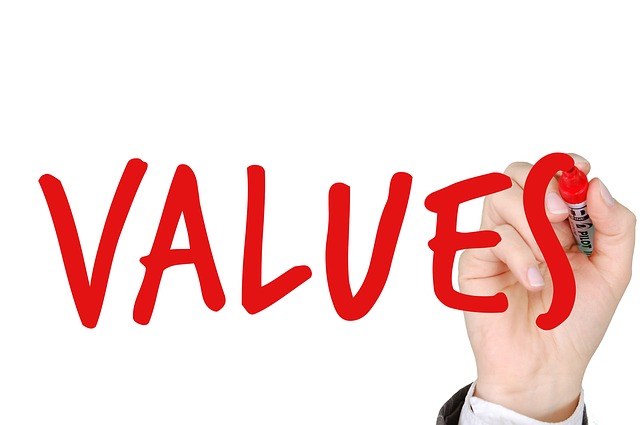
All of this talk about company culture has a lot to do also with values. When looking at your employees, there should be certain values that you hope they’ll embody. If they don’t have them, it might be because you either aren’t a living example of what you want to see, they haven’t been given the means, or both.
Define Values of Your Company
Those values you want to see are the same as the values you want to permeate your company. They are a part of the company’s identity, and you need to understand what they are and how to live them. Instead of looking at employees and thinking about what your company needs, start with the values that are most important.
Think about your company as an entity, as a person even. What kind of “person” do you want your company to be? How do you want people to see, consider, and talk about that “person”? What values will help that person best offer to the world the services and experience your company hopes to offer?
Living Those Values
The step between defining values and transferring them to your expectations for employees and your company lies within you. In order to do anything with the values you want to see within your employees and your company, you have to be a living example. Start with yourself first, and develop the habits, new or old, necessary to live those values. This will also help you understand what is concretely needed to live those sometimes more abstract values. You will be better informed to offer training and assistance to your employees.
Consider Expectations in Light of Values
In light of those important values, your expectations of your employees may begin to shift and look different. Every action, interaction and behavior your employee displays is a reflection of a set of values, whether you see it or not. If these things aren’t all aligned, what you’re displaying is a disorganized company, and the results will reflect that. If, instead, you know what your values are, and you’ve held your employees to a certain value standard of the company, the results will look very different.
Returning to how you see your employees and their roles, how you define those roles should be a reflection of certain values. This way, you can describe the roles with more words that show the environment and identity you expect to see.
Problems
It’s important to constantly be asking, how can the two, values and expectations, be better aligned? If they aren’t aligned, you will have unrest and disorganization in the company, so you’ve got to change some part for the business to survive and thrive. Is there inconsistency because the employees aren’t living out the values you want from them, or is there a problem your employees are seeing with the values you’ve presented as the most important? When you come up against problems like these, take time to think about and investigate both possibilities.
